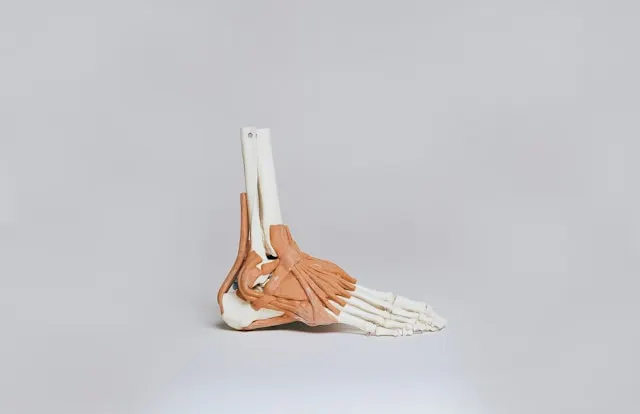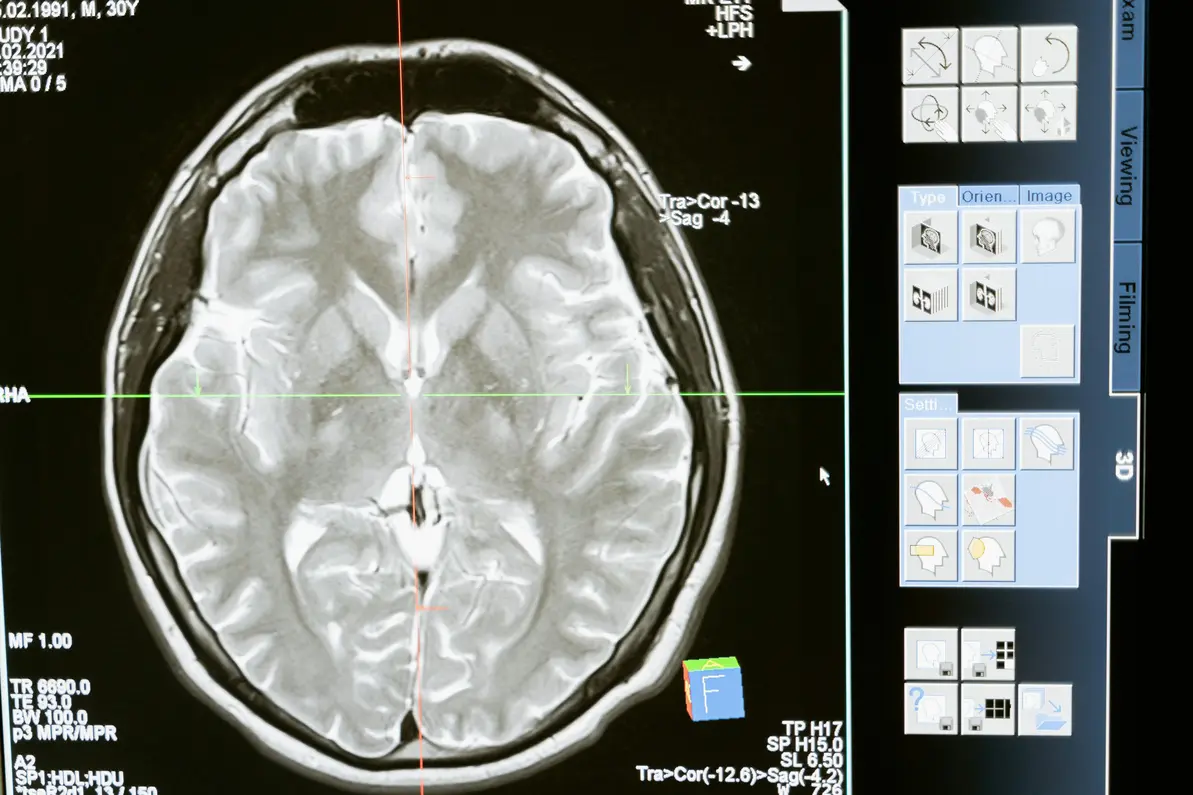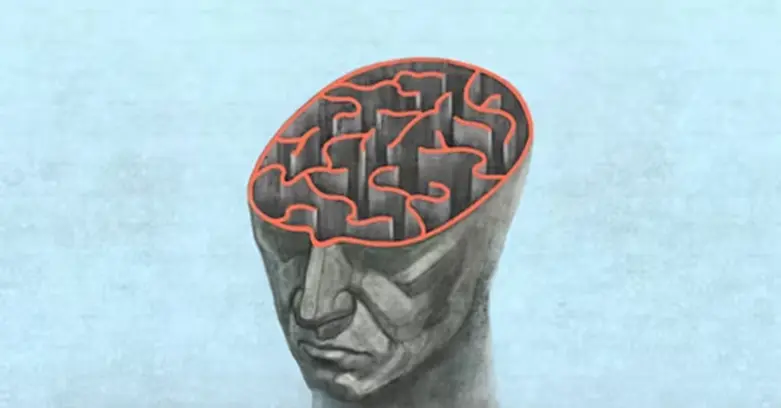Tibial neuropathy is a condition characterized by damage or dysfunction of the tibial nerve, which plays a crucial role in providing sensation and movement to the lower leg and foot. Diagnosing and determining the severity of tibial neuropathy is essential for effective management and treatment planning. Electromyography (EMG) and nerve conduction studies (NCS) emerge as indispensable tools in the diagnostic arsenal, offering valuable insights into nerve function and pathology. In this article, we delve into the intricate role of EMG/NCS in unraveling the complexities of tibial neuropathy, elucidating its diagnostic utility and its role in gauging severity.
Understanding Tibial Neuropathy: Before delving into the diagnostic aspects, it’s imperative to grasp the essence of tibial neuropathy. The tibial nerve, originating from the lumbar and sacral plexus, traverses through the posterior aspect of the lower limb, supplying sensation to the sole of the foot and facilitating muscle movements crucial for ambulation. Tibial neuropathy can manifest due to various etiologies, including compression, trauma, entrapment, metabolic disorders, or systemic diseases like diabetes mellitus. Clinical presentations may range from sensory disturbances, such as numbness and tingling, to motor deficits, weakness, and even muscle atrophy in severe cases.
Role of EMG/NCS in Diagnosis: Electromyography (EMG) and nerve conduction studies (NCS) stand as cornerstone modalities in the diagnostic algorithm for tibial neuropathy. EMG involves the assessment of muscle electrical activity through needle electrodes, providing valuable information about motor unit function and identifying denervation patterns indicative of nerve injury or dysfunction. In tibial neuropathy, EMG may reveal abnormalities such as fibrillation potentials, positive sharp waves, and reduced recruitment, corroborating the clinical suspicion and pinpointing the site and extent of nerve involvement.
Complementing EMG, nerve conduction studies (NCS) evaluate the integrity and function of peripheral nerves by measuring the speed and amplitude of nerve impulses. Specifically, for tibial neuropathy, NCS enables the assessment of sensory and motor conduction along the tibial nerve pathway, aiding in localization and quantification of nerve damage. Reduced conduction velocities and diminished compound muscle action potentials (CMAP) and sensory nerve action potentials (SNAP) serve as hallmark findings, indicative of nerve demyelination or axonal loss.
Diagnostic Challenges and Differential Diagnosis: While EMG/NCS offer invaluable insights, diagnosing tibial neuropathy can be challenging, primarily due to overlapping clinical features with other lower limb pathologies. Differential diagnosis encompasses various conditions, including lumbar radiculopathy, sciatic neuropathy, peripheral neuropathies, and musculoskeletal disorders. Hence, meticulous clinical evaluation coupled with judicious utilization of ancillary tests like imaging studies and laboratory investigations remains paramount for accurate diagnosis and differentiation.
Assessing Severity and Prognosis: Beyond diagnosis, EMG/NCS play a pivotal role in assessing the severity and prognostication of tibial neuropathy, guiding therapeutic interventions and prognosticating outcomes. The extent of nerve dysfunction, characterized by the degree of motor and sensory involvement, aids in stratifying the severity of neuropathy, ranging from mild sensory deficits to profound motor impairment and disability. Moreover, longitudinal monitoring of nerve conduction parameters facilitates tracking disease progression, response to treatment, and prognostication of recovery potentials, thereby optimizing patient care and rehabilitation strategies.
Therapeutic Implications and Management: Armed with comprehensive diagnostic insights gleaned from EMG/NCS, tailored therapeutic interventions can be initiated to alleviate symptoms, mitigate nerve damage, and optimize functional outcomes in tibial neuropathy. Management strategies encompass a multidisciplinary approach, incorporating pharmacotherapy, physical therapy, orthotic devices, and in select cases, interventional procedures.
Conclusion: Electromyography (EMG) and nerve conduction studies (NCS) stand as indispensable pillars in the diagnosis, severity assessment, and therapeutic management of tibial neuropathy. By unraveling the intricacies of nerve function and pathology, EMG/NCS empower clinicians with invaluable diagnostic insights, guiding personalized treatment strategies and optimizing patient outcomes.











